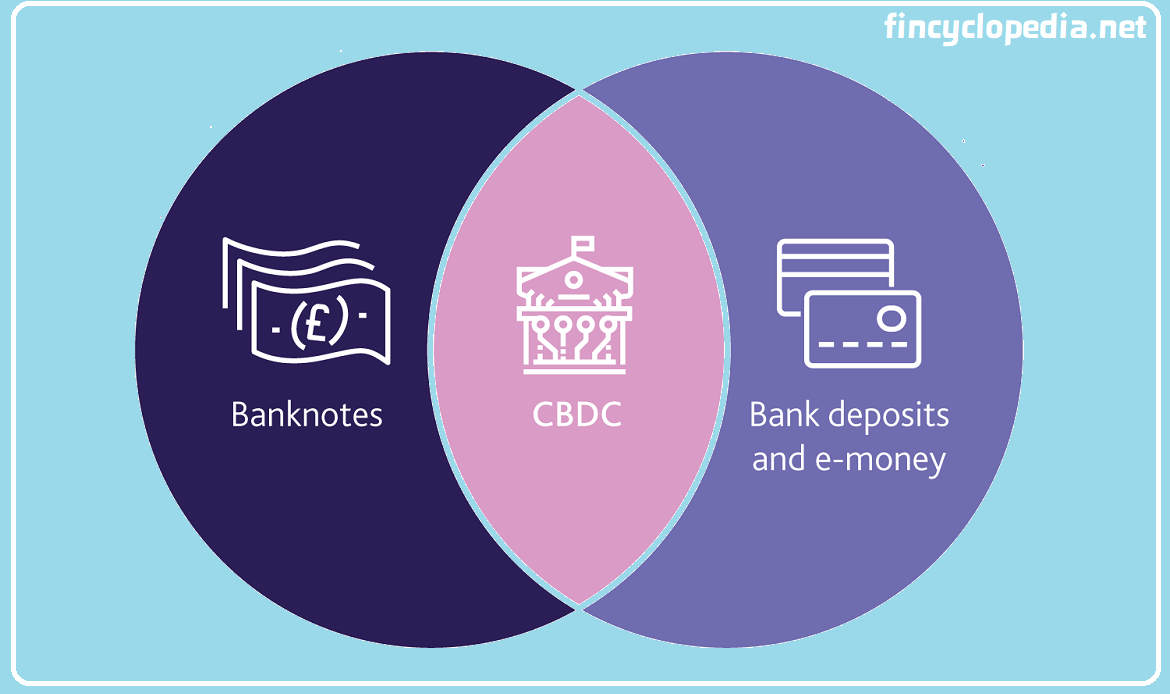A hybrid capital security that absorbs an issuing bank’s losses when its capital falls below a certain threshold. Contingent convertible capital (CoCo) instruments are issued by banks primarily to satisfy regulatory capital requirements.
CoCo instruments are designed to absorb losses in accordance with their contractual terms when the issuer’s capital impairs to a specified level, in which case the CoCo debt is reduced or completely used/ written down and the bank’s equity is improved. Owing to their loss absorption capacity, CoCos can potentially help a bank meet its regulatory capital requirements. CoCo instruments could qualify as either additional tier-1 (AT1) or tier-2 (T2).
CoCo instruments have the-called point of non-viability (PONV) clauses that are primarily motivated by regulatory capital eligibility requirements.
The trigger level (CoCo trigger) of this instrument and the loss absorption mechanism embedded therein largely define the spreads of CoCo instruments over other subordinated debt issued by the same bank. In general, the so-called CoCo spreads tend to correlate more with the spreads of other subordinated debt than with other market credit spreads (e.g., CDS spreads) and equity prices.






